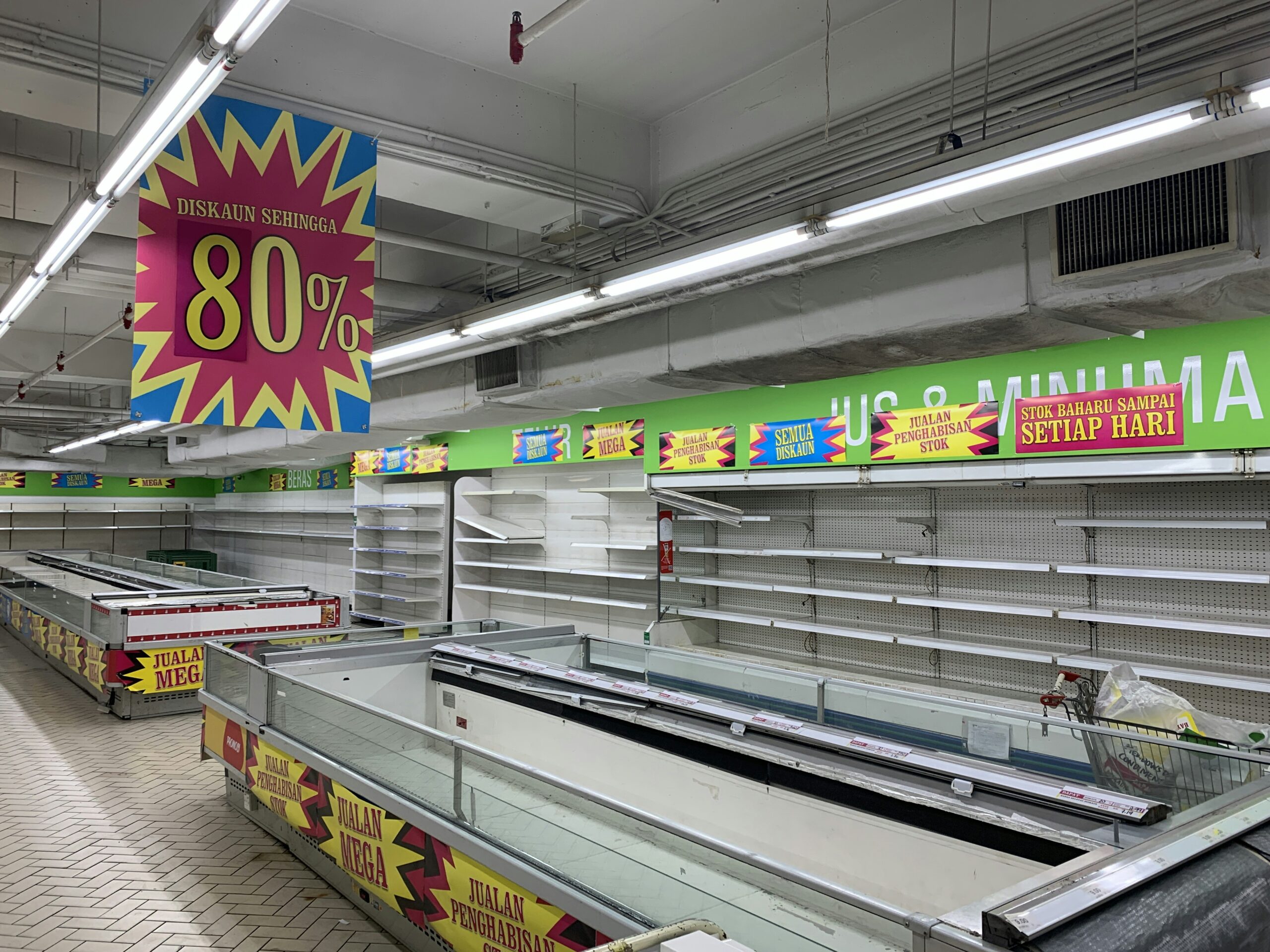Reviving Dead Traffic: A 30-Day Paid Ads Blueprint for Converting Lookers into Buyers
November 5, 2025 | by qqvmedia.com


Understanding the ‘Dead Traffic’ Problem
The term ‘dead traffic’ refers to the phenomenon where online advertising efforts generate impressions and clicks but fail to convert into sales. This situation presents a significant hurdle for businesses, particularly when previous ad campaigns yielded favorable results. Several factors contribute to this issue, including a cold tracking pixel, exhausted audiences, and a lack of engagement with potential customers. Recognizing and addressing these elements is essential for effective online marketing.
A cold tracking pixel, which occurs when a pixel fails to gather essential data about user interactions, can hinder conversion rates. Without accurate data, businesses struggle to optimize their ad campaigns effectively. This lack of insight can lead to misguided marketing strategies, wasting budget on ineffective ads. Hence, regularly monitoring and updating tracking pixels is critical to ensure they remain effective in capturing user behavior.
Exhausted audiences also play a significant role in the dead traffic problem. Over time, audiences may become desensitized to repetitive ads or promotions, leading to diminished engagement levels. Identifying target demographics and creating refreshed content catered to their interests becomes paramount in combatting this fatigue. Additionally, exploring new audience segments through demographic adjustments or behavior-based targeting can reinvigorate engagement rates.
Reconnecting with potential customers is vital for overcoming the challenges associated with dead traffic. Businesses must develop strategies that encourage previous visitors to re-engage with their brand. Techniques such as retargeting campaigns, personalized messaging, and value-driven incentives can be effective in rekindling interest. By pinpointing the signs of dead traffic and addressing the underlying issues, businesses can revitalize their marketing efforts to achieve improved conversion rates.
Days 1-7: Pixel CPR and Audience Rebuilding
The initial phase of the 30-day plan to revive dead traffic is crucially centered around what can be termed as Pixel CPR. This phase entails either the installation of a new tracking pixel or resetting the capabilities of an existing one to enhance its learning process. The pixel is an indispensable tool for any effective advertising strategy, as it collects data on audience interactions, which ultimately aids in optimizing future marketing efforts.
To embark on this first week, one should aim to attract approximately 500 targeted site visitors through a well-structured TikTok ad campaign. TikTok serves as an effective platform for this purpose, offering unique opportunities to engage a younger audience. The proposed ad strategy focuses on designing captivating advertisements that not only spark curiosity but also encourage users to visit a dedicated landing page tailored for conversions. It is pertinent that the landing page is cohesive with the ad’s messaging to facilitate a seamless user experience.
In addition to driving traffic, this stage emphasizes the importance of establishing a fresh audience base. By effectively utilizing the pixel, marketers can identify the behaviors and characteristics of the site visitors. This information is instrumental for retargeting efforts in subsequent weeks. Setting up proper audience segments during this phase allows for better alignment of future ad campaigns, ensuring that they reach individuals most likely to engage and convert. As these initial days unfold, the key objective remains clear: to build a robust foundation for the revival of traffic that will pave the way for sustained engagement and increased conversions throughout the entire campaign.
Days 8-20: Micro-Retargeting Layers for Engagement
As you progress into Days 8-20 of your paid ads strategy, the focus shifts toward implementing micro-retargeting layers designed to foster deeper engagement with potential customers. The primary goal during this phase is to re-engage users who have shown interest in your offerings but have not yet converted. A key tactic involves targeting users who have added items to their cart without completing the purchase. Offering a limited-time discount can significantly incentivize this segment to commit to their purchase. This strategy not only creates urgency but also provides a second chance to capture sales that may have otherwise been lost.
In addition to targeting cart abandoners, you should also consider engaging users who spent considerable time on your site exploring various products. These visitors have demonstrated interest and could be more inclined to convert with the right motivation. One effective method is to utilize video testimonials featuring satisfied customers. These testimonials serve to build trust and highlight the value of your products through authentic user experiences. Additionally, offering incentives such as free shipping can further entice these engaged users to finalize their purchase.
While implementing these retargeting efforts, it is crucial to monitor ad frequency carefully. Capping ad frequency prevents audience fatigue and helps maintain a positive perception of your brand. If users feel bombarded by ads, there is a likelihood of negative sentiment towards your brand, which could counteract your conversion efforts. Aim to strike a balance between sufficient exposure to facilitate brand recognition and adhering to a frequency that keeps your audience engaged without overwhelming them. By methodically layering these micro-retargeting strategies, you can significantly improve user engagement and pave the way for successful conversions.
Days 21-30: The Abandonment Blitz and Final Push
As the 30-day paid advertising campaign approaches its final stage, the focus shifts to addressing cart abandonment. Cart abandonment is a significant challenge for e-commerce businesses, with studies showing that nearly 70% of online shoppers abandon their carts. This period will leverage effective strategies, including targeted email and SMS alerts, to remind potential customers of their forgotten items and encourage them to complete their purchases.
In the abandonment blitz, timely cart recovery emails should be sent within a few hours of abandonment. These reminders should be personalized and feature the items left in the cart, along with engaging content to rekindle the customer’s interest. Incorporating a compelling ‘last chance’ offer can significantly enhance conversion rates. This tactic emphasizes urgency, encouraging a swift decision-making process. Additionally, SMS alerts can serve as a potent reminder, advantageous for conversions, given their immediacy and high open rates.
Another key element during these final days involves executing a flash sale ad campaign tailored to warm audiences. Warm audiences consist of users who have previously engaged with your brand but have not yet made a purchase. A high-impact flash sale can create excitement and urgency, driving traffic back to the site. It’s critical to clearly communicate the limited time nature of such a sale, ensuring potential buyers feel compelled to act quickly.
When implementing these tactics, aim for an optimal recovery rate of abandoned carts and set a goal for your return on ad spend (ROAS) to exceed 3.0. Remarkable recovery rates signal the effectiveness of your strategy in converting interest into actual sales. This final push during the last days of the campaign consolidates efforts to revitalize traffic and maximize conversions, enhancing overall business success as part of the broader revival strategy.
RELATED POSTS
View all


